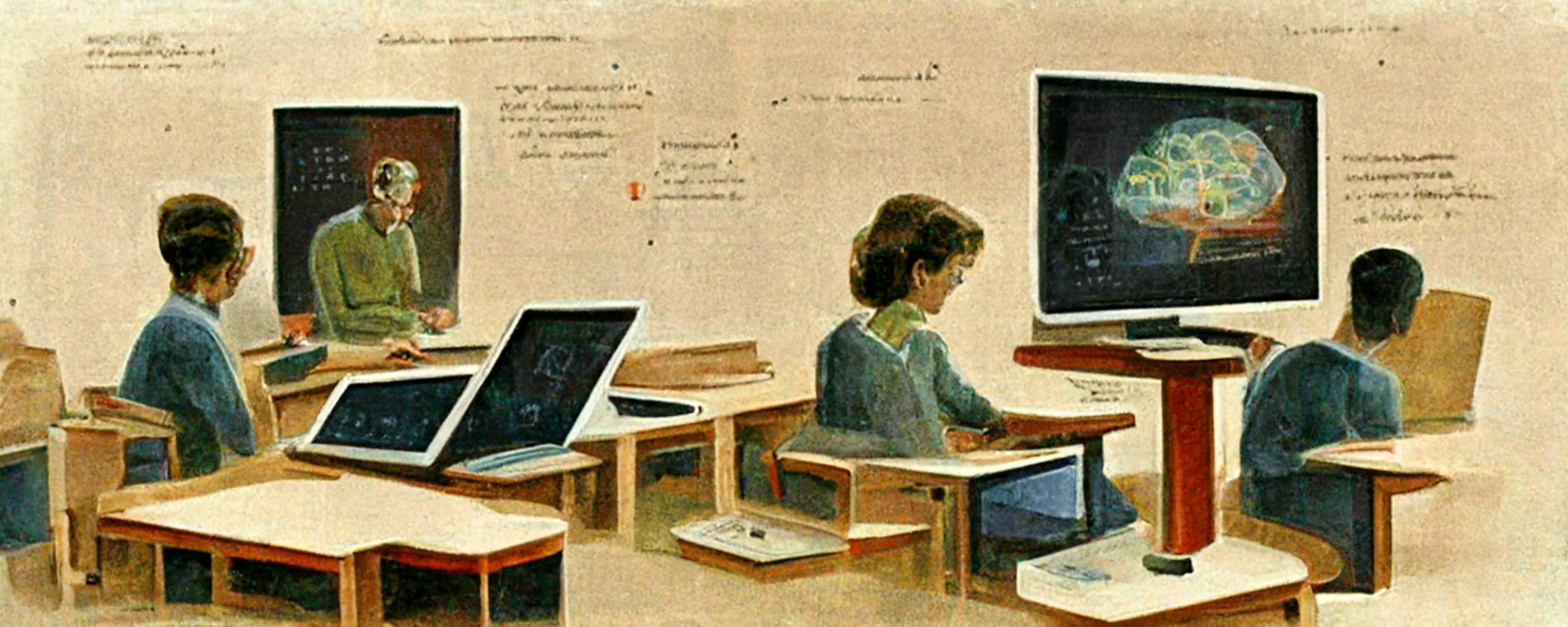Using artificial intelligence (AI) to provide student feedback has many advantages. Firstly, AI feedback can be very accurate as it is based on a computer model. Secondly, AI feedback can be given very quickly after an assignment is submitted, allowing students to respond to the feedback and improve their performance. Below, I review the key experiences from a small, unscientific test.
Student Assignment
The students submitted an assignment to create a presentation about themselves. In this task, it was important for me that they learn my way of giving feedback. But what if I let AI give feedback on half of the texts? The goal was not to save time but to provide students with better assignment feedback.
I used each student's submission to train the artificial intelligence, so it provided meaningful feedback. For each student, I received suggestions for possible sentences and chose the ones that made the most sense.
The Result
My result was that the students couldn't tell whether AI or I had written the comment. However, there were some phrases like: "You can be proud of what you have made" and "You have made a fantastic presentation." One student was praised for his parents getting divorced, and one student received this sentence: "I am also impressed by how early you were born - only 10 weeks premature. You fought to get to where you are today." These phrases, however, I had removed or corrected so that they matched more the way I give feedback.
Experiences
AI can give feedback, but everything that comes out must be reviewed. Therefore, the question is also whether I could just as well have written it myself. Additionally, it can be a problem if students, for example, don't use periods in their sentences, as this confuses the computer, resulting in strange feedback.
Technical Overview
Below is an overview of everything I did to get the computer to write student feedback.
My Setup
I gave 1st-year students a very simple task, and they only had one hour to solve it. I asked the students to submit in PowerPoint, which meant I received many different lengths of sentences. Some students had just made bullets, others long texts. Then, I extracted all the text from the students' presentations. I considered creating my program to do this but manually exported it as plain text.
An example of a student's text:
I used to live in the countryside in a town called Ullerslev
Takes the train every day School.
I am happy with my class and have many friends.
Free Time: Drinks with my friends on weekends
Lives up to the Danish drinking culture
Constant blood alcohol level of 1 throughout the summer holidays and probably three at Roskilde
Each text was then copied into https://beta.openai.com/playground and followed by the sentence:
Below is an example of the feedback provided by OpenAI:
I removed all the forthright elements from the students' submissions in the above example. Therefore, I influenced the response the computer gave. This could be done, for example, by writing: It's a nice presentation with pictures of your dog, cat, and family.
The new response from OpenAI became:
As the above example shows, I can influence the comments generated by artificial intelligence with just a few words or sentences.
A Bit More Reflection
As mentioned, it was a first-year class I was giving feedback to, and they are from a generation that doesn't have much of a filter. Therefore, they were also very honest in what they wrote. In my view, too honest, as various drinking stories came up, and it surprised me a lot that they are so forthright. It could mean that they don't think about the consequences of their actions, and I think we need to work on this as part of the teaching.
Future Perspectives
AI feedback has the advantage that it can be given very quickly after an assignment is submitted. In the future, this type of rapid feedback will be implemented in our learning platforms, but I still think the teacher should be involved and make an assessment. The program is not yet strong enough to publish content without a teacher making a professional judgment.
What will be interesting to see is how it is implemented and how AI can learn from students' previous assignments. For example, it's intriguing that AI becomes a personal assistant that can help the student and knows each student's weaknesses.
In my work with the above artificial intelligence, it is clear that there is still a bit lacking before we can create feedback in this way. The AI I used is GPT-3, but GPT-4 is about to be released. With each version, they get better at texts, and we are not far from a good virtual teacher assistant.
Links to various programs:

At Viden.AI, we have not yet decided on the General Data Protection Regulation (GDPR) and the use of OpenAI. Therefore, be cautious about incorporating the program as part of the teaching or storing sensitive personal information.
https://openai.com/terms/







